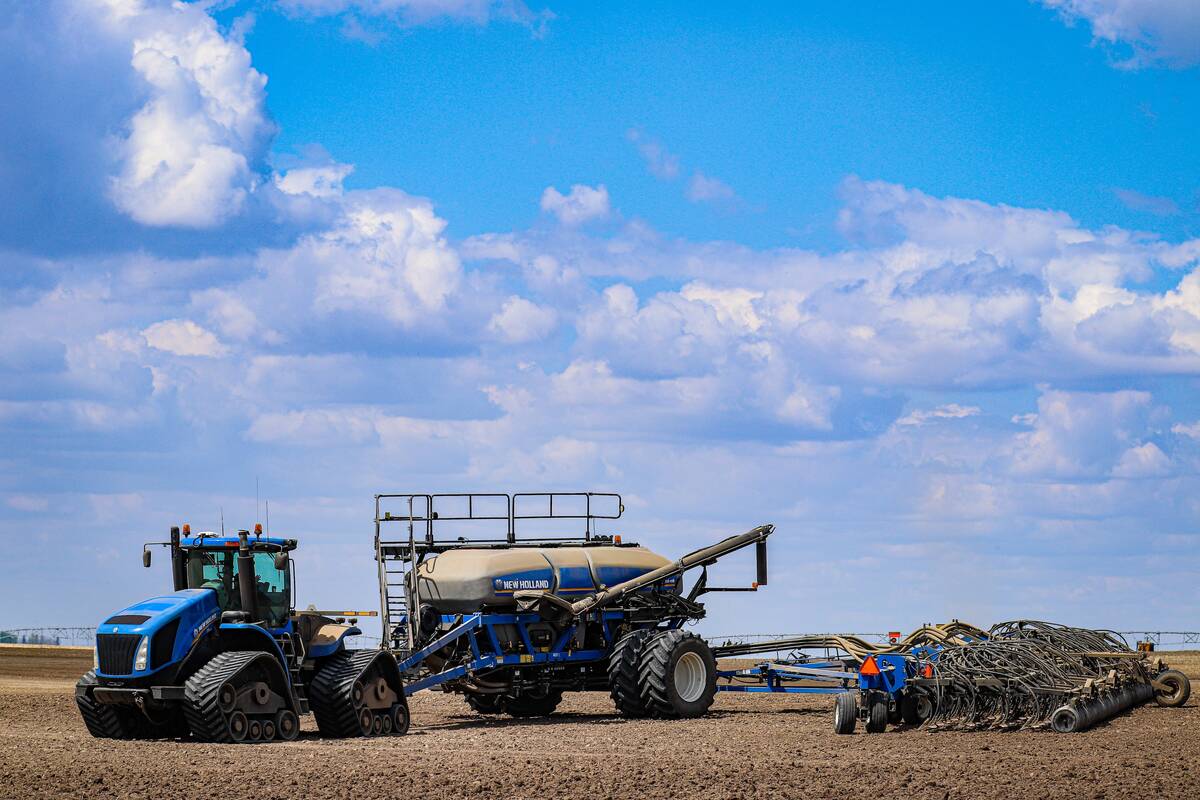An economic report released this week by BMO Capital Markets contains both good and bad news for North American agriculture.
On the good side, the report says North American farmers are growing bigger crops and increasing annual productivity at a rate that exceeds previous growth trends.
But on the bad side, increased farm productivity combined with sluggish demand growth and burdensome global stocks of key crops such as soybeans and corn are putting downward pressure on prices.
“With global corn and soybean inventories now at their highest levels on record, it will likely take a number of years for the current glut to be worked down,” said BMO analyst Aaron Goertzen in a North American post-harvest summary.
Read Also

NFU says proposed plant breeders’ rights come at farmers’ expense
The National Farmers Union is pushing back against changes to the Plant Breeders’ Rights Act that would narrow the scope of farmers’ right to save seed or propagate crops from cuttings and tubers.
“Indeed, many farmers are storing their crops on-premises and waiting for a rebound in prices, so any near-term market gains will likely prove fleeting.”
The BMO report says global farm productivity has been increasing steadily over the past decade and a half.
Outside of a few weather-related fluctuations, annual yields for key agricultural crops have risen by almost one-third over the past 15 years.
The report says global canola yields since 2000 have risen 32 percent, global corn yields have risen 28 percent, wheat yields have increased 24 percent and soybean yields are up 14 percent.
Improved global productivity is the result of modernization in developing countries and the adoption of technological innovations in the developed world, including improved plant genetics, the report said.
On the demand side, “serially disappointing global growth” combined with lower-than expected ethanol blending requirements in the United States reduced investor interest, and smaller livestock numbers have contributed to burdensome supplies of agricultural crops.
As a result, crop receipts in the United States are expected to decrease by around nine percent this year.
By comparison, Canadian farm receipts are projected to see a slight increase, largely due to a weak Canadian dollar and improved export volumes.
The bottom line, according to BMO, is that North American farmers should bank on flat or weaker revenues in the near future, at least until global grain and oilseed supplies are normalized.
“Today’s low crop prices will not last forever, but it will take time to work down that glut that has accumulated after three straight years of bumper harvests (in the United States).”

















